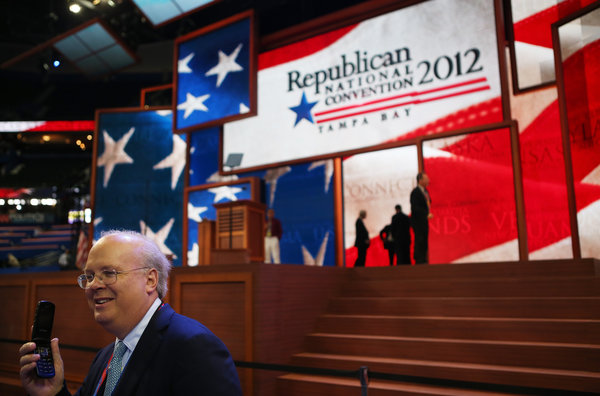Rebel Conservatives Excel in G.O.P. Fund-Raising, Heralding a Tug Right
< < Go Back
Insurgent conservatives seeking to pull the Republican Party to the right raised more money last year than the groups controlled by the party establishment, whose bulging bank accounts and ties to major donors have been their most potent advantage in the running struggle over the party’s future, according to new campaign filings and interviews with officials.
The shift in fortunes among the largest and most influential outside political groups could have an enormous impact in the 2014 election cycle, as the Republican factions prepare to square off in a series of Senate and House primaries and as Republican leaders seek to rein in activists who they believe have fractured and endangered the party with policies that alienate independent-leaning voters.
Groups representing the party establishment, like Karl Rove’s American Crossroads, are struggling to bring in the level of cash they raised in 2012, when Crossroads spent more than $300 million in an effort to defeat President Obama and retake the Senate, leaving some donors grumbling that their dollars had been wasted.
Meanwhile, insurgent conservative groups like the Tea Party Patriots — emboldened by activists’ fury over compromises that Republican leaders have struck with Democrats on federal spending — now have formidable amounts of cash to augment their grass-roots muscle.
The money will allow conservative groups to spend more heavily on television ads, direct mail and on-the-ground organizing in states like Alaska, Mississippi and South Carolina, where conservative and Tea Party-affiliated candidates are challenging incumbents or business-backed candidates.
No such division exists in the Democratic Party, where outside groups are successfully recruiting donors and collaborating on big races. Two “super PACs” focused on helping Democrats in Congress announced record fund-raising on Friday, pulling in a total of $16.4 million — twice their total in 2011, the last comparable year.
More From The New York Times:




